Picture this: you’re swimming through a vibrant coral reef, watching a stunning parrotfish glide past in brilliant blues and greens. What you might not realize is that this magnificent creature could have started life as a completely different sex. In the underwater world, changing sex isn’t just possible — it’s a survival strategy that’s been perfected over millions of years. While humans might find this concept mind-bending, for countless fish species, it’s simply Tuesday.
The Science Behind Sequential Hermaphroditism
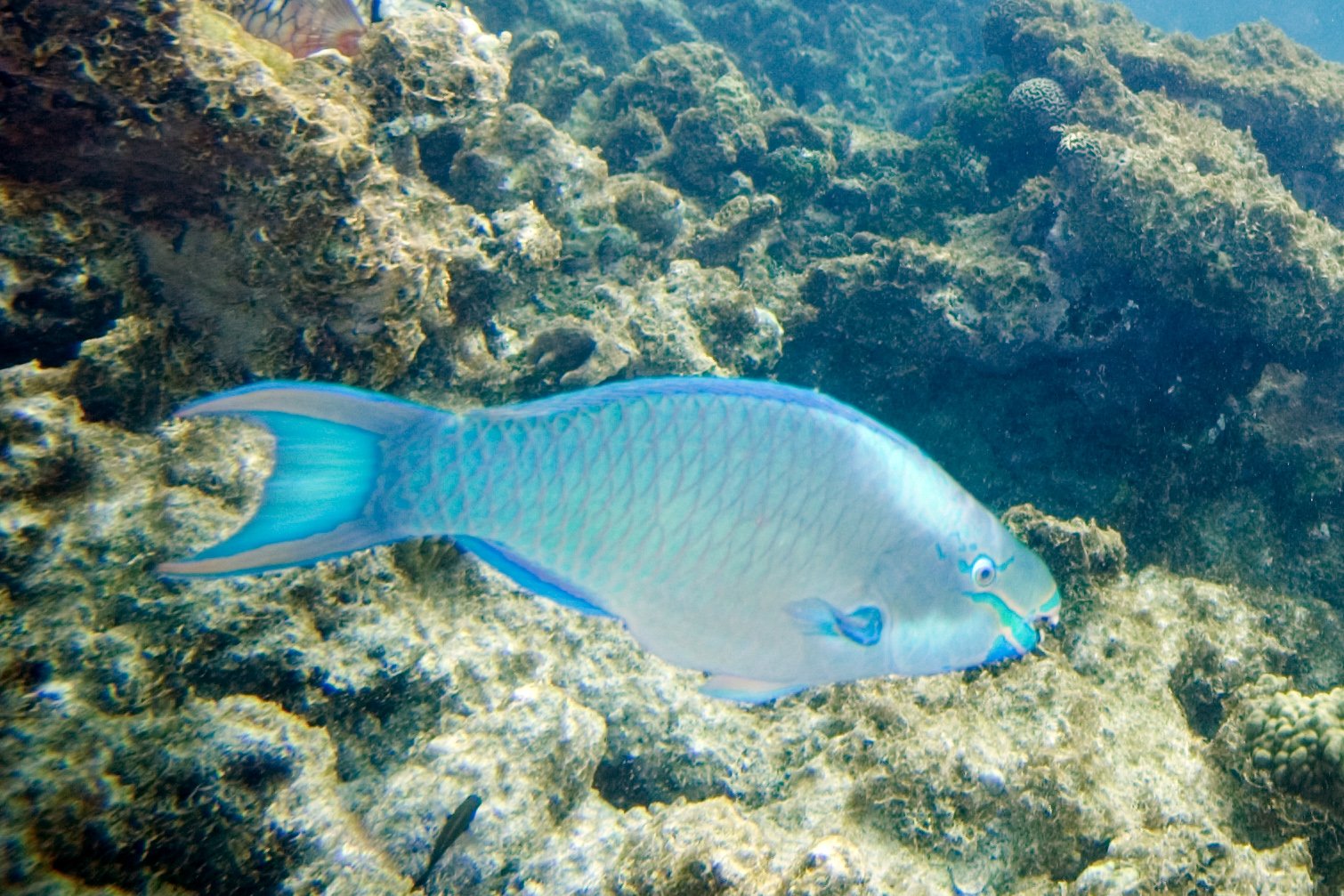
Uploaded by Amada44, CC BY 2.0, https://commons.wikimedia.org/w/index.php?curid=25257074)
Sequential hermaphroditism is the scientific term for what happens when fish change sex during their lifetime. Unlike simultaneous hermaphrodites that possess both male and female reproductive organs at once, sequential hermaphrodites transition from one sex to another based on environmental triggers or social cues.
This remarkable biological phenomenon occurs through complex hormonal changes that literally rewire the fish’s reproductive system. The process involves the activation of dormant reproductive tissues and the suppression of previously active ones, essentially flipping a biological switch that transforms the entire organism.
Protandry: From Male to Female

Protandry describes the transition from male to female, and it’s surprisingly common in the fish world. Clownfish are perhaps the most famous example of this phenomenon, though their real-life biology is far more fascinating than any animated movie could capture.
In clownfish societies, the largest individual becomes female while smaller fish remain male. When the dominant female dies, the largest male undergoes a complete transformation, developing ovaries and taking on the female role. This isn’t just a simple costume change — it’s a complete biological overhaul that can take several weeks to complete.
Protogyny: The Female-to-Male Transformation
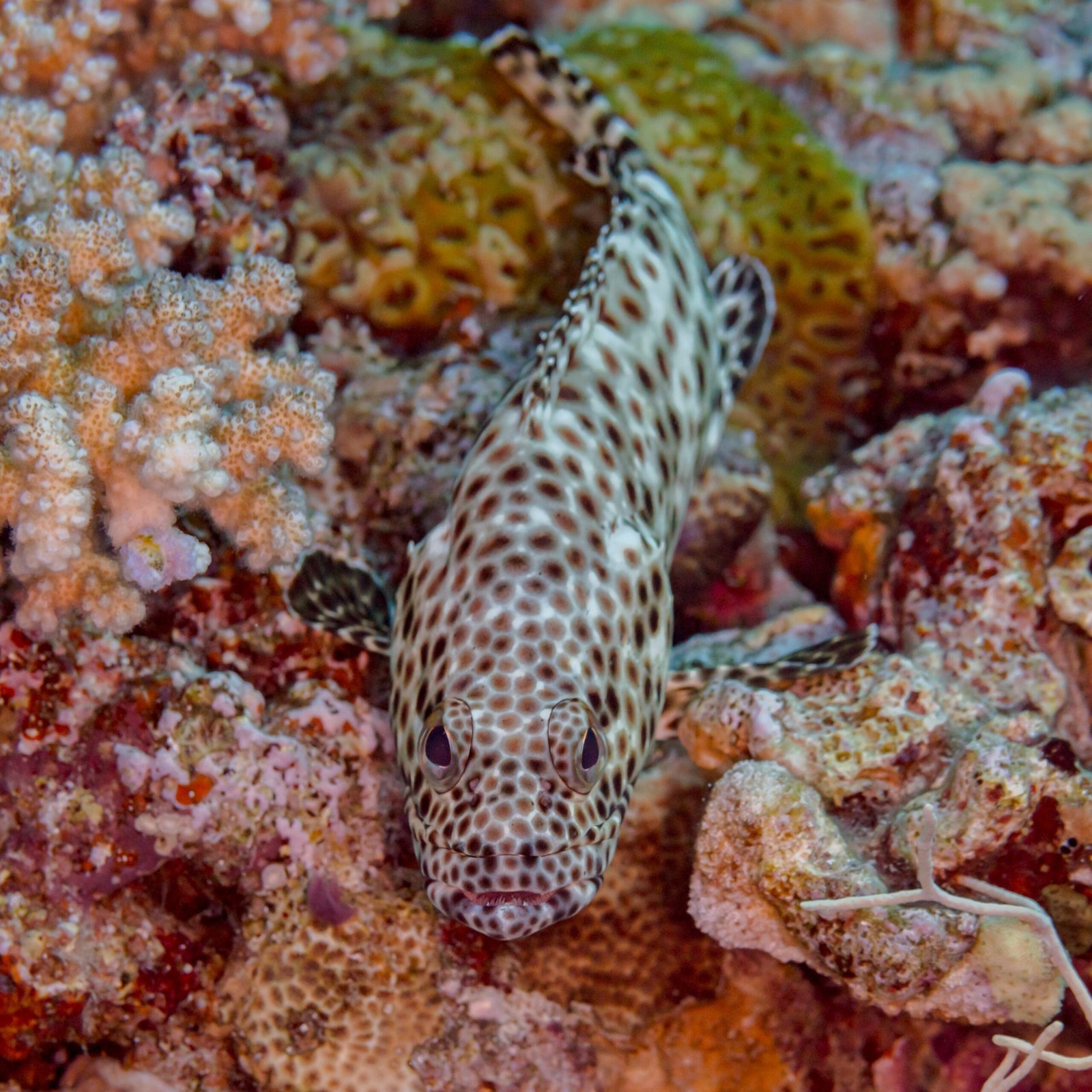
Protogyny, the transition from female to male, is actually more common than protandry in marine environments. Many wrasses, parrotfish, and groupers follow this pattern, often triggered by social dynamics within their communities.
Female parrotfish, for instance, will transform into males when the dominant male in their group disappears. The transformation is so complete that the fish develops entirely new coloration patterns, behavioral traits, and reproductive organs. It’s like watching a master of disguise reveal their true identity, except the disguise was their original form.
Environmental Triggers That Spark the Change

Temperature plays a crucial role in sex change for many fish species. Rising water temperatures can trigger protogynous transformations in some wrasses, while cooler conditions might favor the opposite change. It’s as if these fish have internal thermostats that don’t just regulate comfort — they regulate gender.
Population density also acts as a powerful trigger. When there are too many males or females in a group, some individuals will switch to balance the ratio. This biological democracy ensures reproductive success for the entire community, prioritizing species survival over individual identity.
The Clownfish Hierarchy System

Clownfish live in one of nature’s most structured societies, where size literally determines everything. The largest fish becomes the breeding female, the second-largest becomes the breeding male, and everyone else remains juvenile and non-reproductive. It’s a rigid caste system that would make medieval nobles jealous.
When the queen dies, the entire hierarchy shifts upward like a corporate promotion ladder. The breeding male transforms into a female, the largest juvenile becomes the new breeding male, and the social order reestablishes itself. This system ensures that there’s always exactly one breeding pair per anemone, maximizing reproductive efficiency in their limited living space.
Parrotfish: Nature’s Gender-Fluid Giants
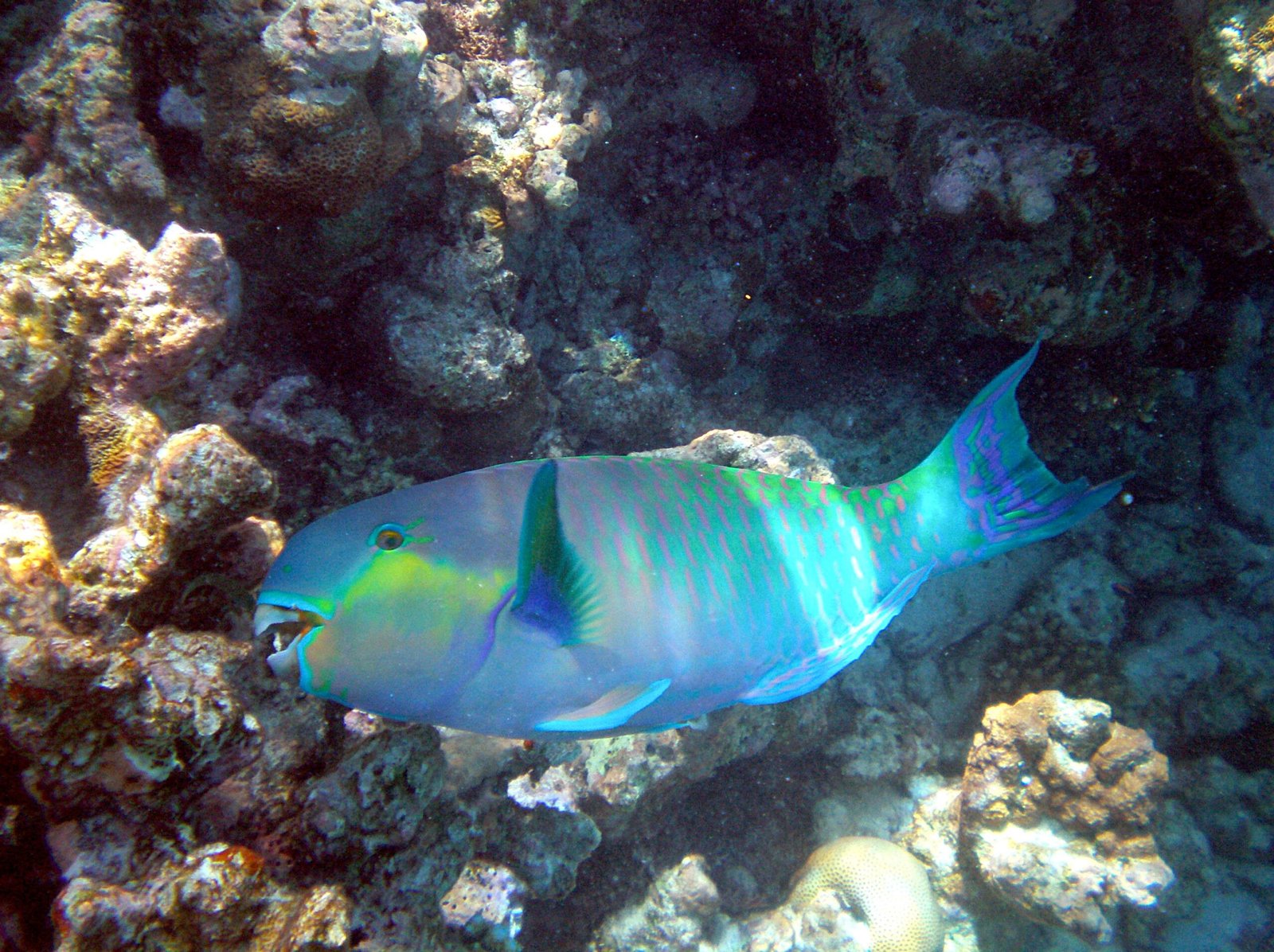
Parrotfish take sex change to an artistic level, literally transforming their appearance along with their biology. Initial phase parrotfish are typically female or non-reproductive males with muted colors, while terminal phase fish are vibrant males with striking patterns and dominant behaviors.
The transformation process can take anywhere from a few weeks to several months, during which the fish’s body undergoes remarkable changes. Not only do the reproductive organs shift, but the fish often grows larger, develops different jaw structures for territory defense, and adopts entirely new color schemes that would make a fashion designer weep with envy.
Wrasses: The Quick-Change Artists
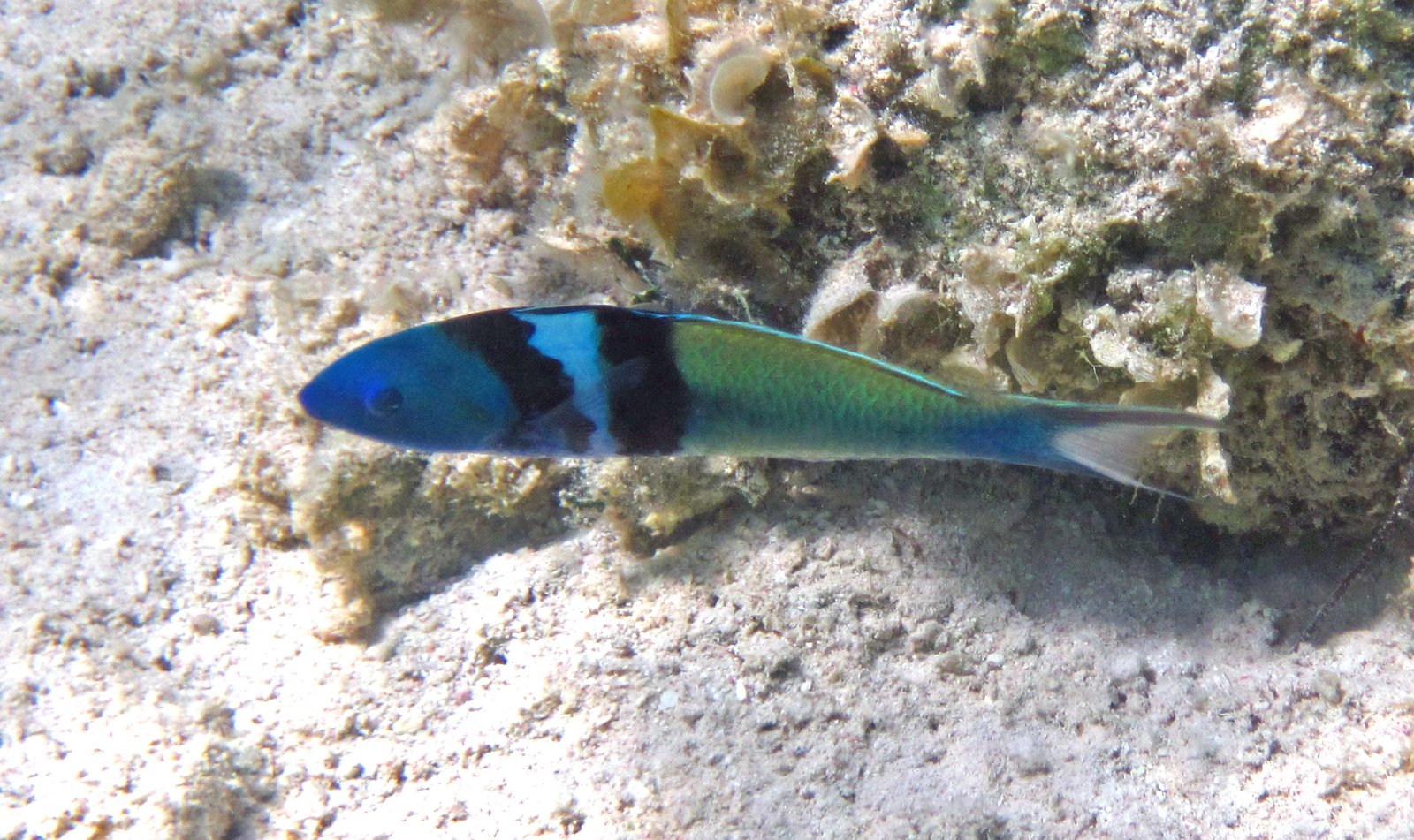
Wrasses are perhaps the most dramatic sex-changers in the ocean, with some species able to complete their transformation in just a few days. These fish don’t mess around when it comes to adapting to their social environment — they’re the ultimate pragmatists of the reef.
Bluehead wrasses demonstrate one of the most rapid transformations observed in nature. A female can begin changing into a male within hours of the dominant male’s disappearance, developing new behaviors and coloration patterns at breakneck speed. It’s evolutionary efficiency at its finest, ensuring minimal disruption to the group’s reproductive cycle.
Groupers: The Gentle Giants of Sex Change
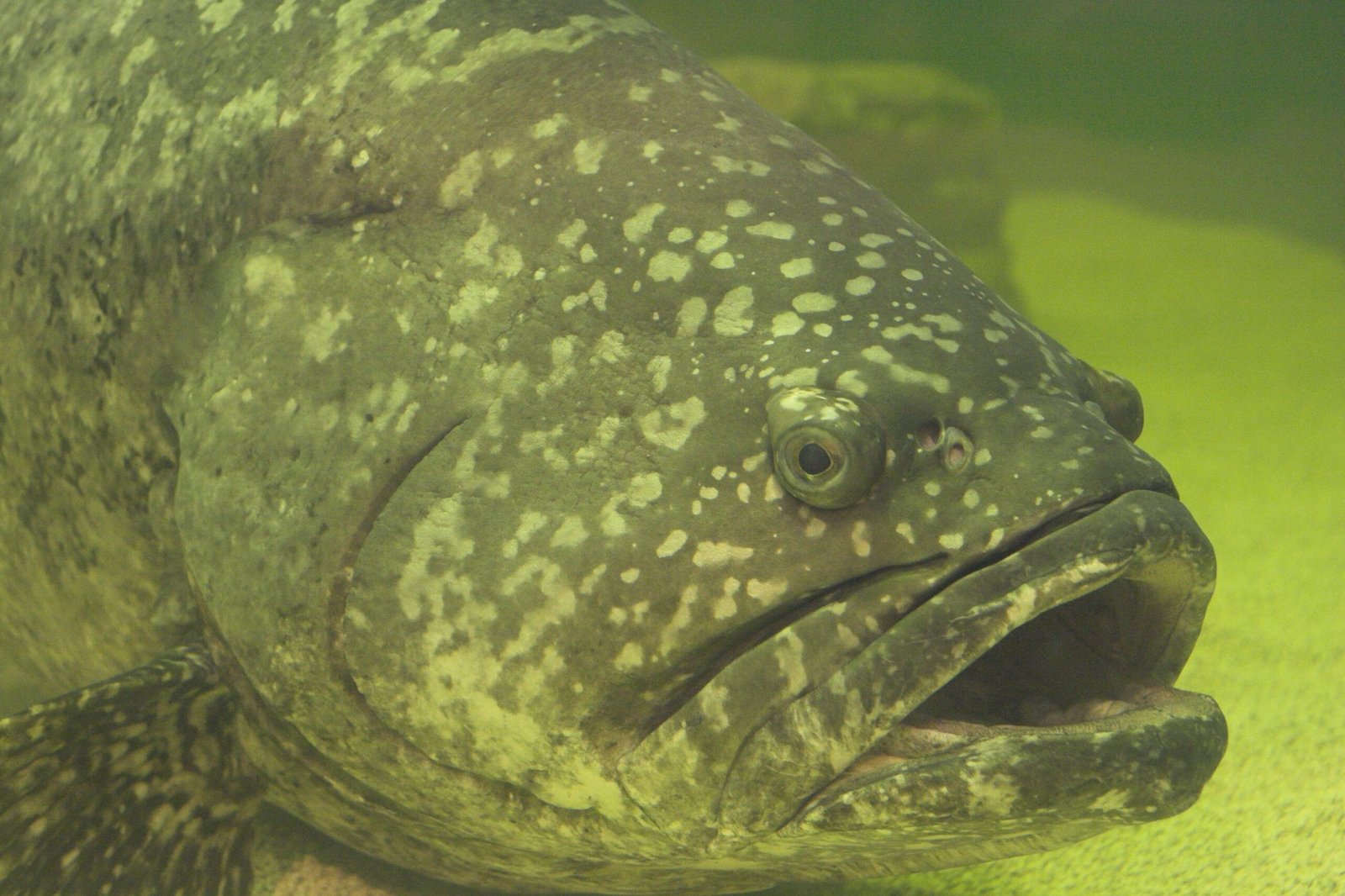
Groupers, those massive predators of the deep, also engage in sex change, though their transformations are more subtle than their flashy reef cousins. Many grouper species start life as females and transition to males as they age and grow larger, following the principle that bigger males can better defend territories and attract mates.
The Nassau grouper, for example, typically changes sex when it reaches about 15 to 20 years of age. This delayed transformation means that these fish spend the majority of their lives as females, contributing significantly to egg production before taking on the male role later in life.
Gobies: Small Fish, Big Changes
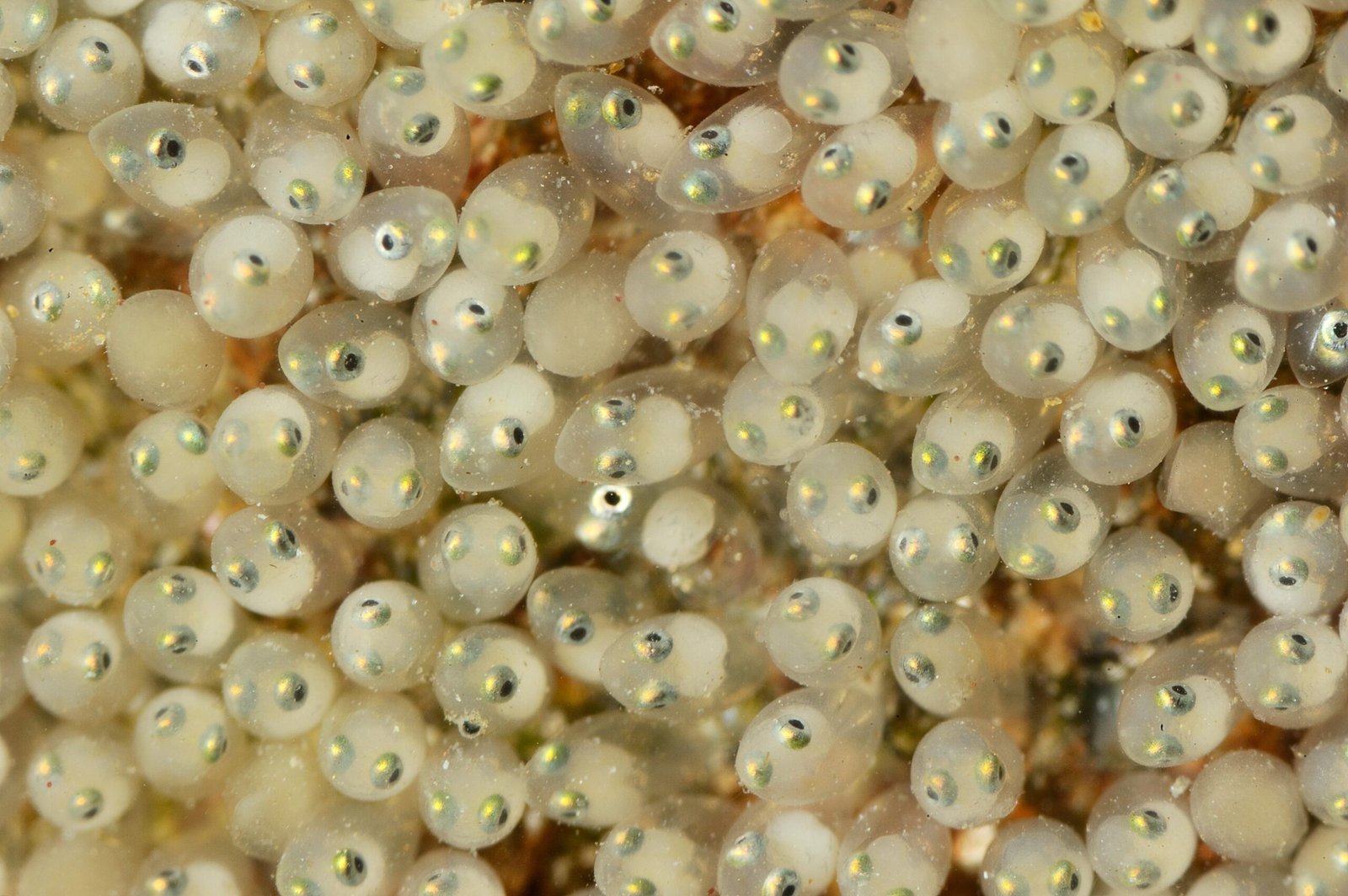
Don’t let their tiny size fool you — gobies are among the most versatile sex-changers in the ocean. Some species can actually change sex multiple times throughout their lives, switching back and forth based on social conditions. It’s like having a biological remote control for gender identity.
The coral goby is particularly remarkable, able to change from male to female and back to male again if circumstances require it. This flexibility allows these small fish to maximize their reproductive success in the ever-changing social dynamics of coral reef communities.
The Hormonal Symphony of Transformation

The process of sex change in fish involves a complex dance of hormones that would make an endocrinologist’s head spin. Estrogen and testosterone levels fluctuate dramatically, while specialized enzymes work overtime to restructure reproductive tissues. It’s like rewiring an entire electrical system while the lights are still on.
Aromatase, the enzyme responsible for converting testosterone to estrogen, plays a crucial role in many transformations. When this enzyme’s activity changes, it can trigger cascading effects throughout the fish’s body, affecting everything from behavior to physical appearance. The precision of this biological machinery is nothing short of extraordinary.
Social Cues That Trigger the Switch

Fish are incredibly sensitive to social dynamics, and many species use visual, chemical, and behavioral cues to determine when sex change is necessary. The absence of a dominant male’s aggressive displays or the presence of too many females can trigger rapid transformations in susceptible individuals.
Chemical signals play a particularly important role, with fish releasing pheromones that communicate their reproductive status to others. When these chemical messages change or disappear, it can set off a chain reaction that leads to sex change in nearby fish. It’s like having a neighborhood gossip network that operates entirely through scent.
Evolutionary Advantages of Sex Change
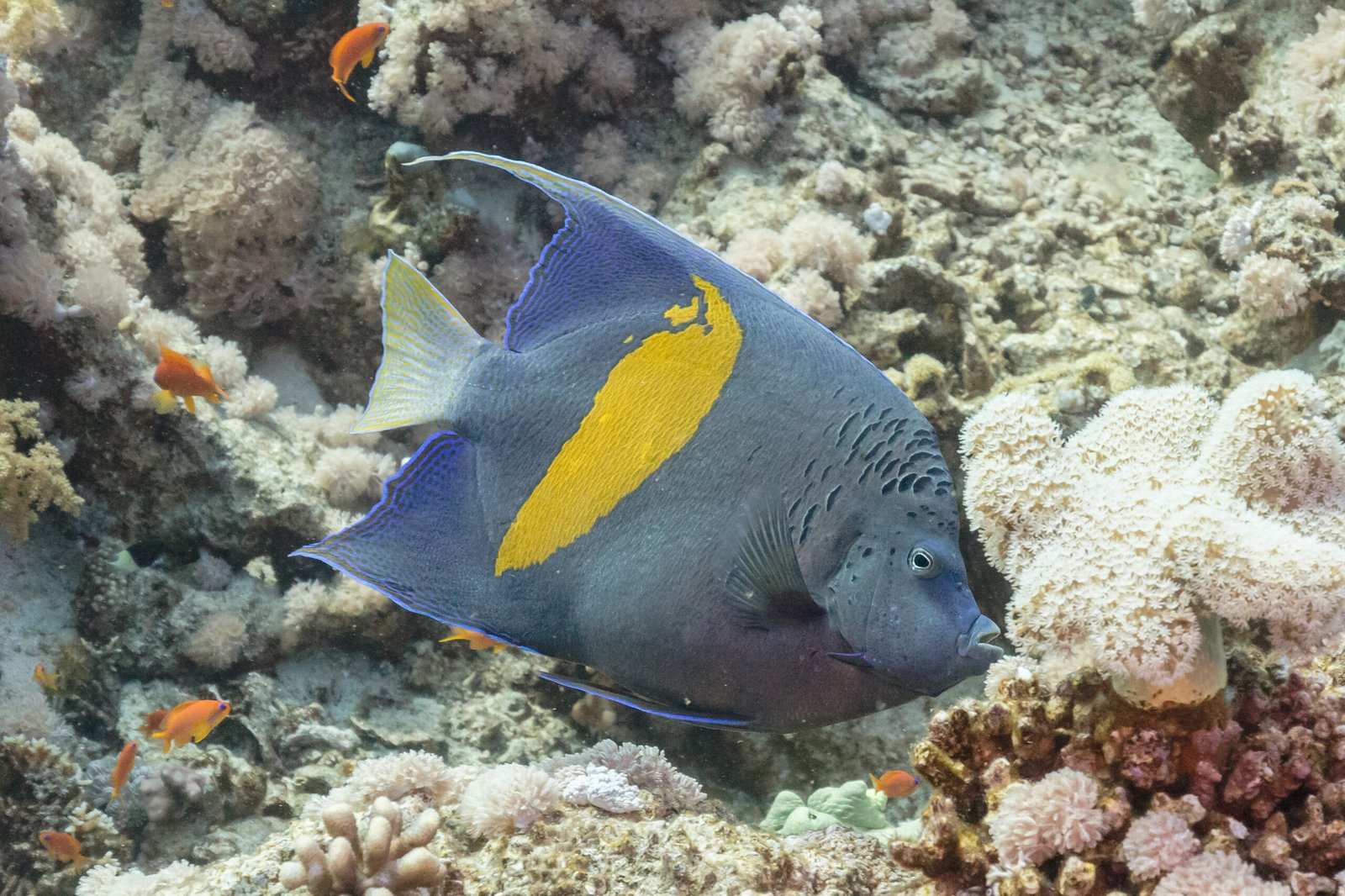
From an evolutionary perspective, sex change offers incredible advantages in terms of reproductive success. By allowing individuals to switch to the less common sex, populations can maintain optimal breeding ratios even when environmental conditions change dramatically.
The size-advantage hypothesis suggests that sex change is most beneficial when one sex gains more reproductive success by being larger. For species where large males can monopolize multiple females, it makes sense to start as a female and switch to male later in life when size advantages can be fully realized.
Temperature-Dependent Sex Change

Climate change is adding new wrinkles to the sex change story, with rising ocean temperatures affecting the timing and frequency of transformations in many species. Some fish that previously changed sex predictably are now switching at different life stages or not at all, creating ripple effects throughout marine ecosystems.
The three-spot wrasse, for instance, shows altered sex change patterns in warmer waters, with implications for population dynamics and reproductive success. As ocean temperatures continue to rise, scientists are racing to understand how these changes might affect the delicate balance of marine communities.
Bidirectional Sex Change: The Ultimate Flexibility
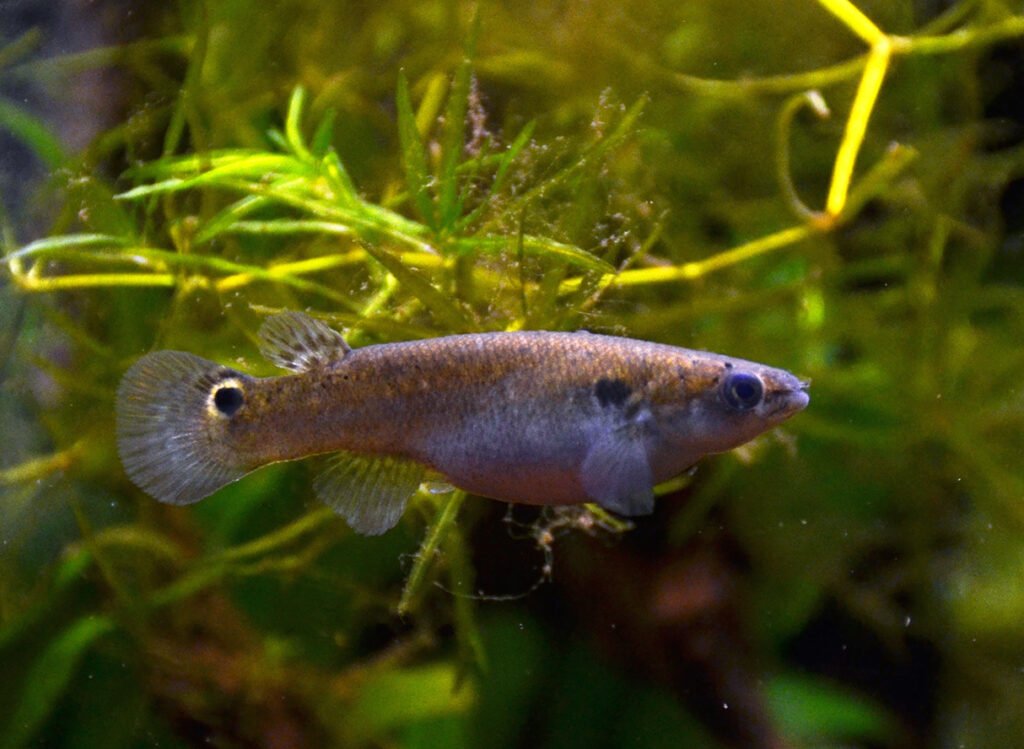
Some fish species take flexibility to the extreme by maintaining the ability to change sex in both directions throughout their lives. This bidirectional sex change allows individuals to adapt to rapidly changing social conditions, maximizing their reproductive opportunities regardless of circumstances.
The mangrove rivulus, a small fish found in coastal waters, can actually self-fertilize when isolated but will change sex to assume breeding roles when other individuals are present. This remarkable adaptation ensures reproductive success even in the most challenging environmental conditions.
The Role of Stress in Sex Change
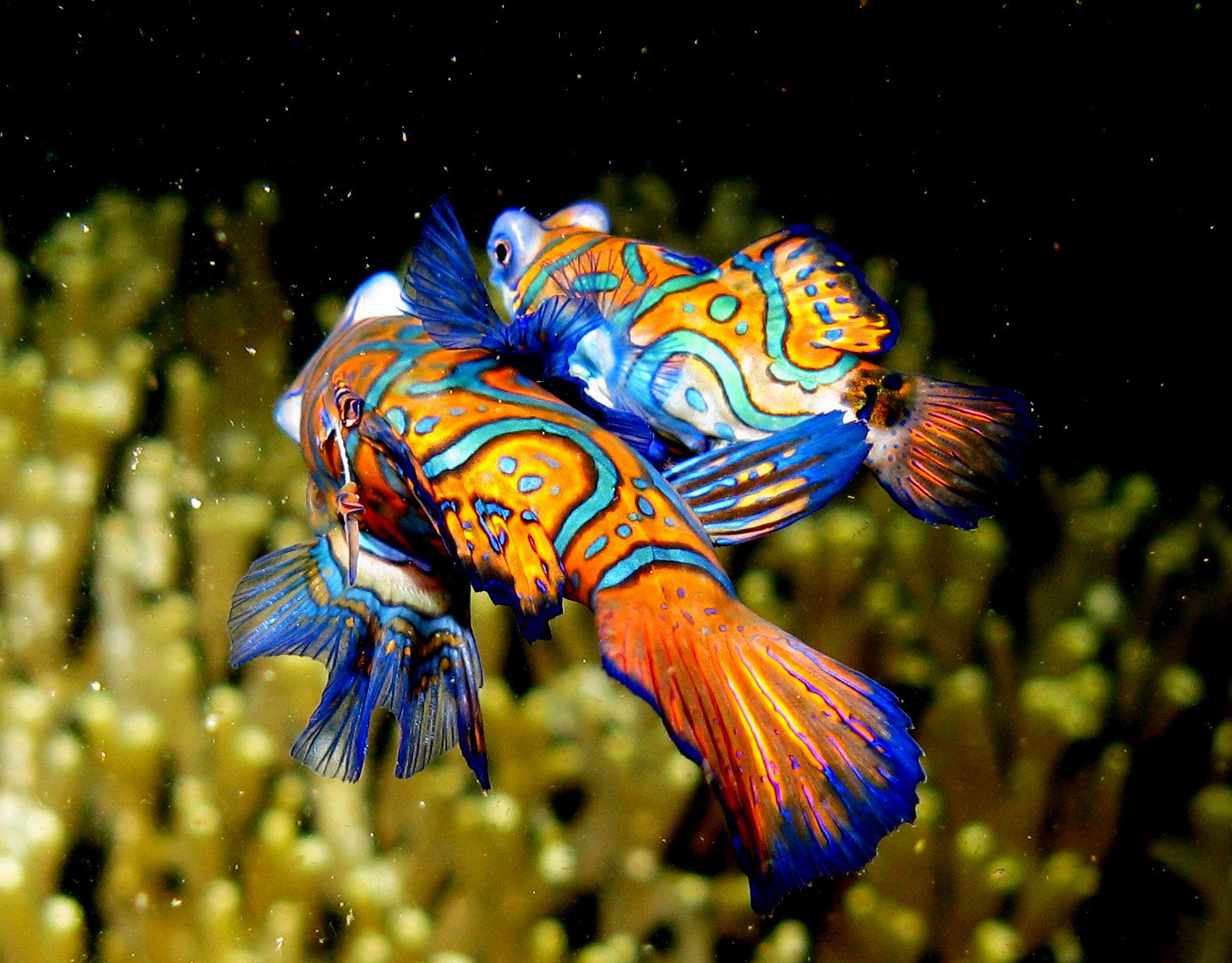
Stress hormones play a significant role in triggering sex change in many fish species. When environmental conditions become challenging or social hierarchies shift dramatically, the resulting stress can activate the biological pathways that lead to transformation. It’s nature’s way of ensuring that life finds a way, even under pressure.
Cortisol, the primary stress hormone in fish, can interact with sex hormones to accelerate or delay transformation processes. This connection between stress and sex change highlights the remarkable adaptability of these animals to their ever-changing underwater world.
Human Impact on Fish Sex Change

Human activities are increasingly affecting the natural sex change processes in fish populations. Overfishing often removes the largest individuals from populations, which can disrupt the social hierarchies that trigger sex change in many species. When the biggest fish disappear, the entire reproductive system can collapse.
Pollution, particularly endocrine-disrupting chemicals, can interfere with the hormonal signals that control sex change. These substances can cause fish to change sex at inappropriate times or prevent necessary transformations from occurring, leading to population-level effects that scientists are only beginning to understand.
Conservation Implications

Understanding sex change in fish has become crucial for conservation efforts, particularly for species that are heavily fished or face habitat loss. Protecting the largest individuals in a population isn’t just about preserving genetic diversity — it’s about maintaining the social structures that allow these complex reproductive systems to function.
Marine protected areas that allow fish to reach their natural maximum sizes are essential for species that rely on sex change for reproduction. These refuges provide the stable social environments necessary for normal transformation processes to occur, ensuring the long-term survival of these remarkable species.
The Future of Sex Change Research

Scientists are developing new technologies to study sex change in fish, including genetic markers that can track transformations in real-time and environmental sensors that monitor the conditions that trigger these changes. This research is revealing the incredible complexity of these biological systems and their importance to marine ecosystems.
As our understanding of fish sex change continues to evolve, we’re discovering that these transformations are far more nuanced and environmentally sensitive than previously thought. The ability of fish to change sex represents one of nature’s most elegant solutions to the challenges of survival and reproduction in an unpredictable world.
The underwater world continues to surprise us with its biological innovations, and sex change in fish represents just one of many extraordinary adaptations that challenge our understanding of gender and reproduction. These remarkable transformations remind us that nature’s solutions often transcend our human categories and expectations. As we face an uncertain environmental future, perhaps we can learn something from these adaptable creatures about the value of flexibility and the power of transformation. What other secrets might be swimming beneath the surface, waiting to reshape our understanding of life itself?




